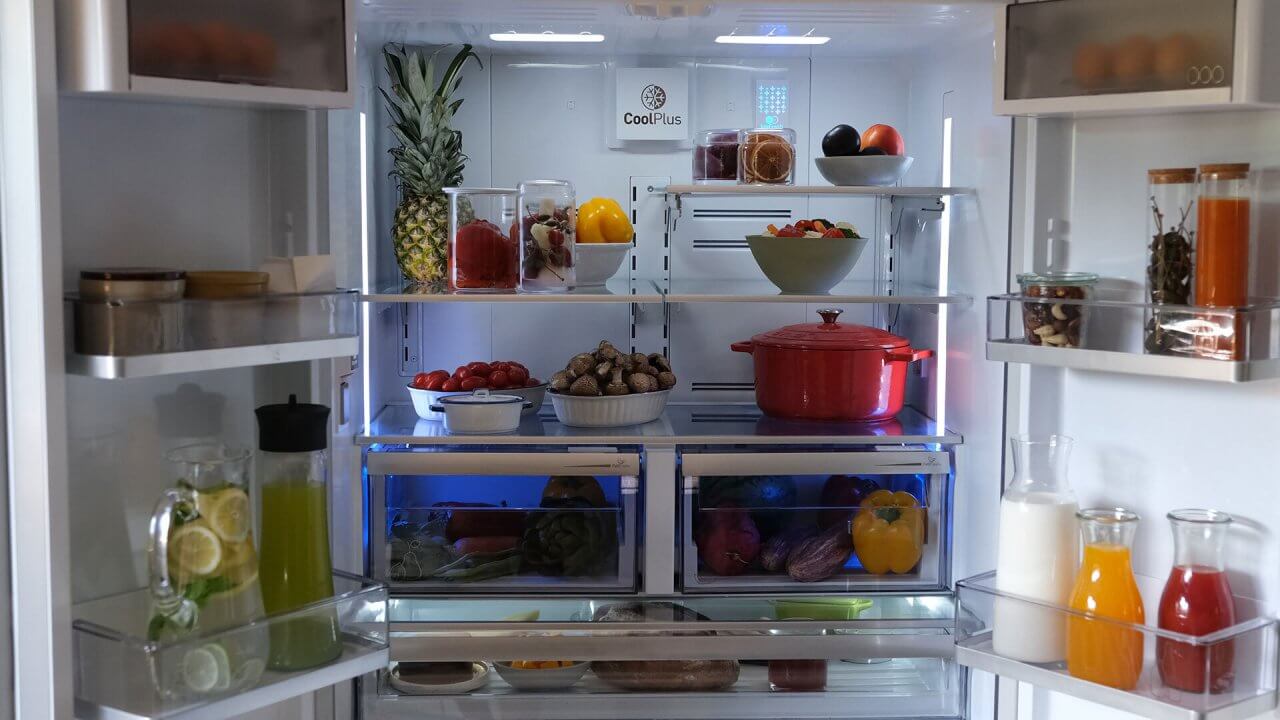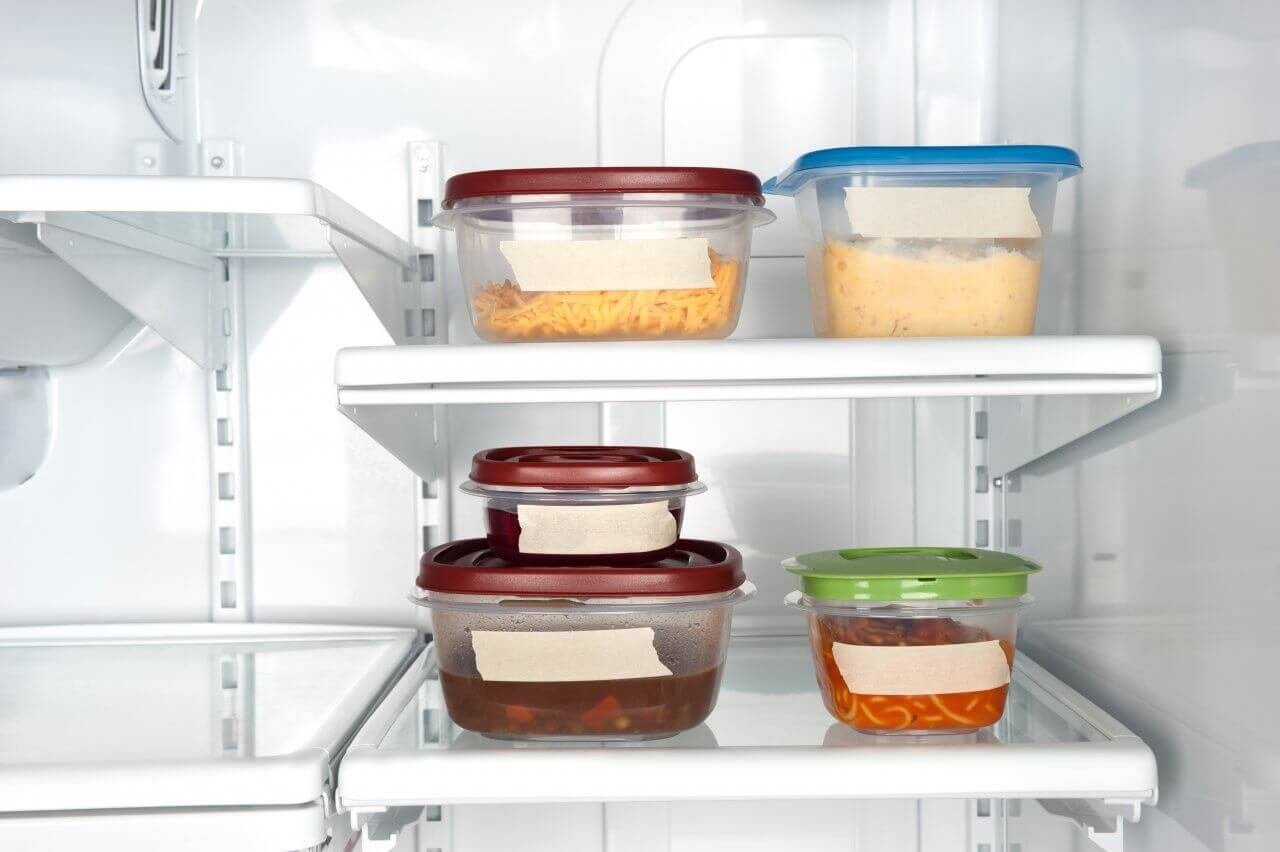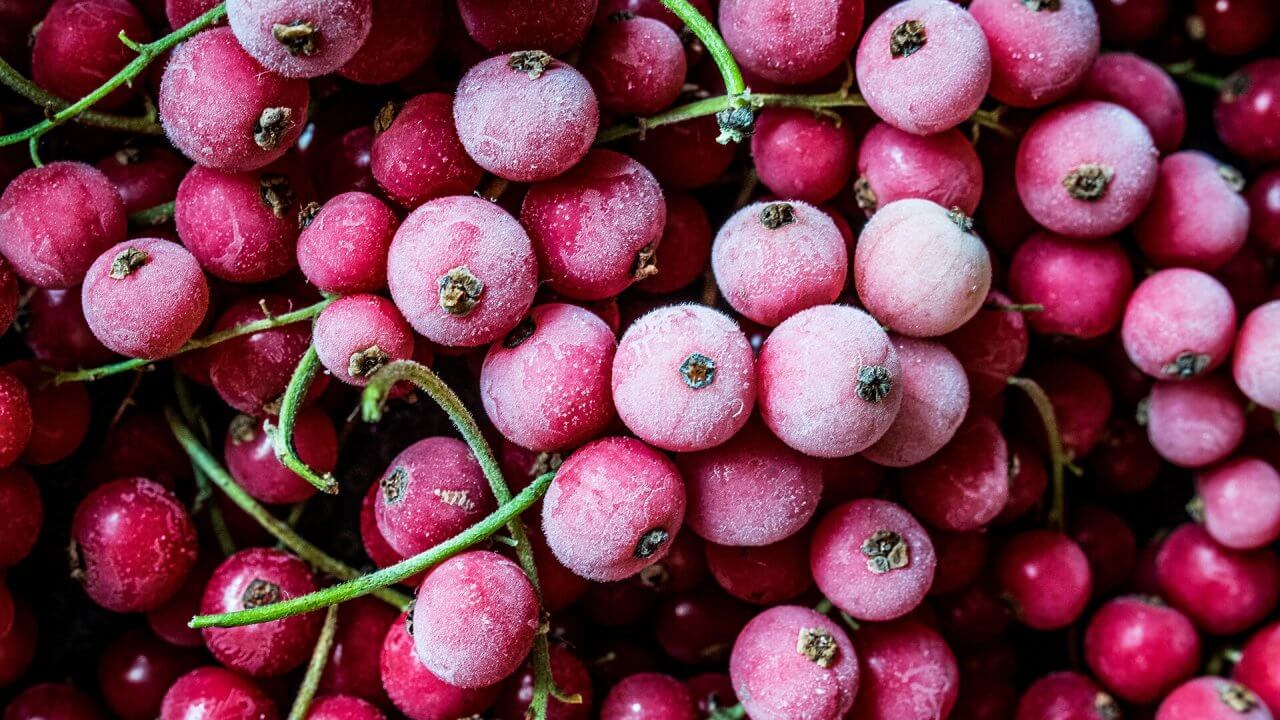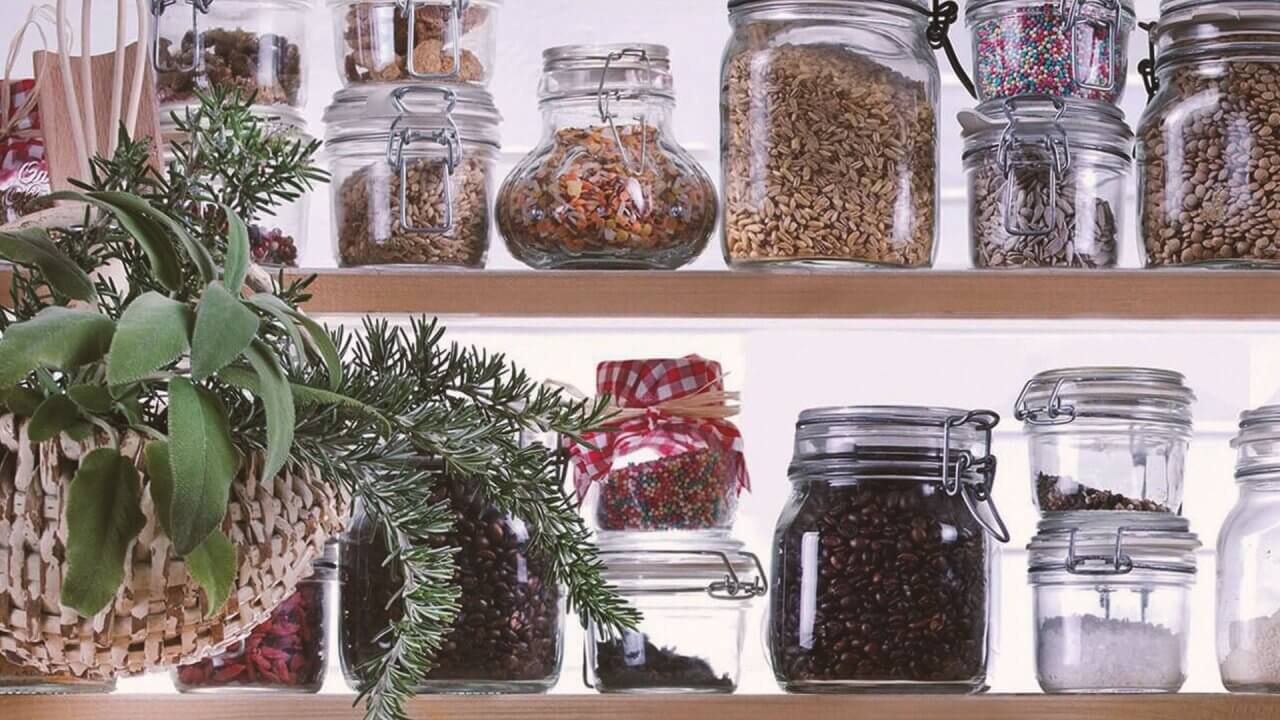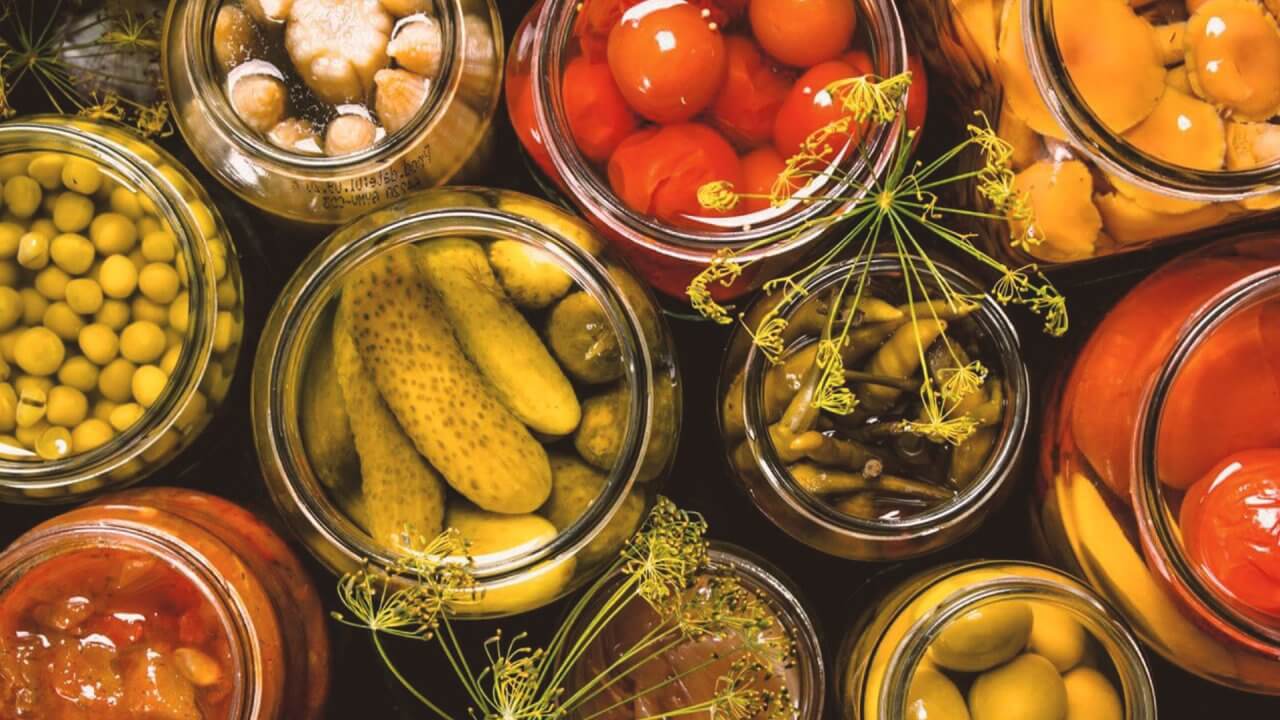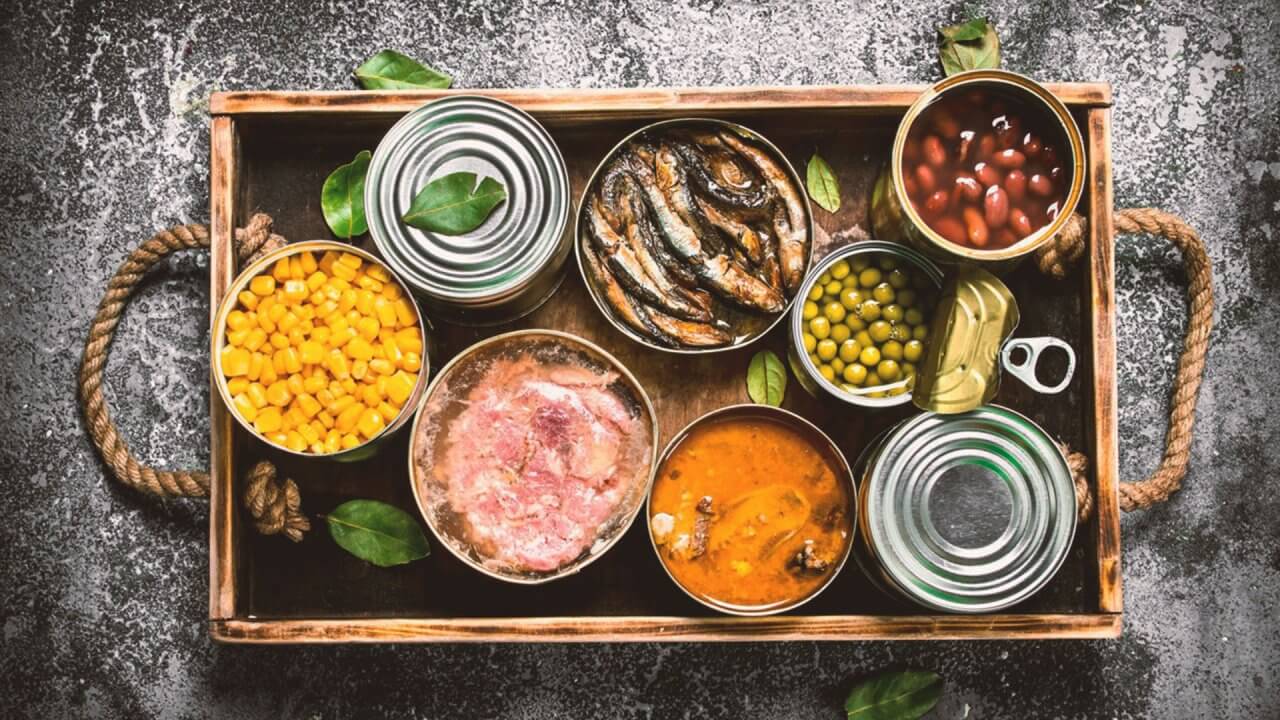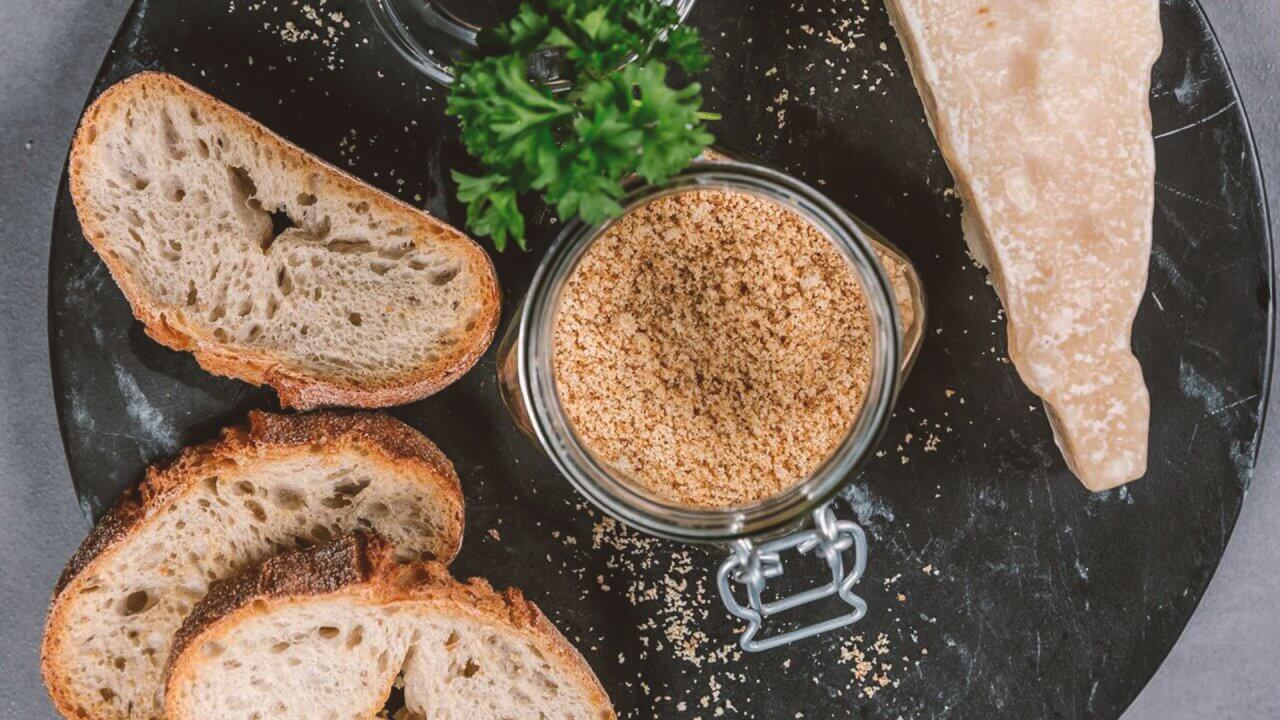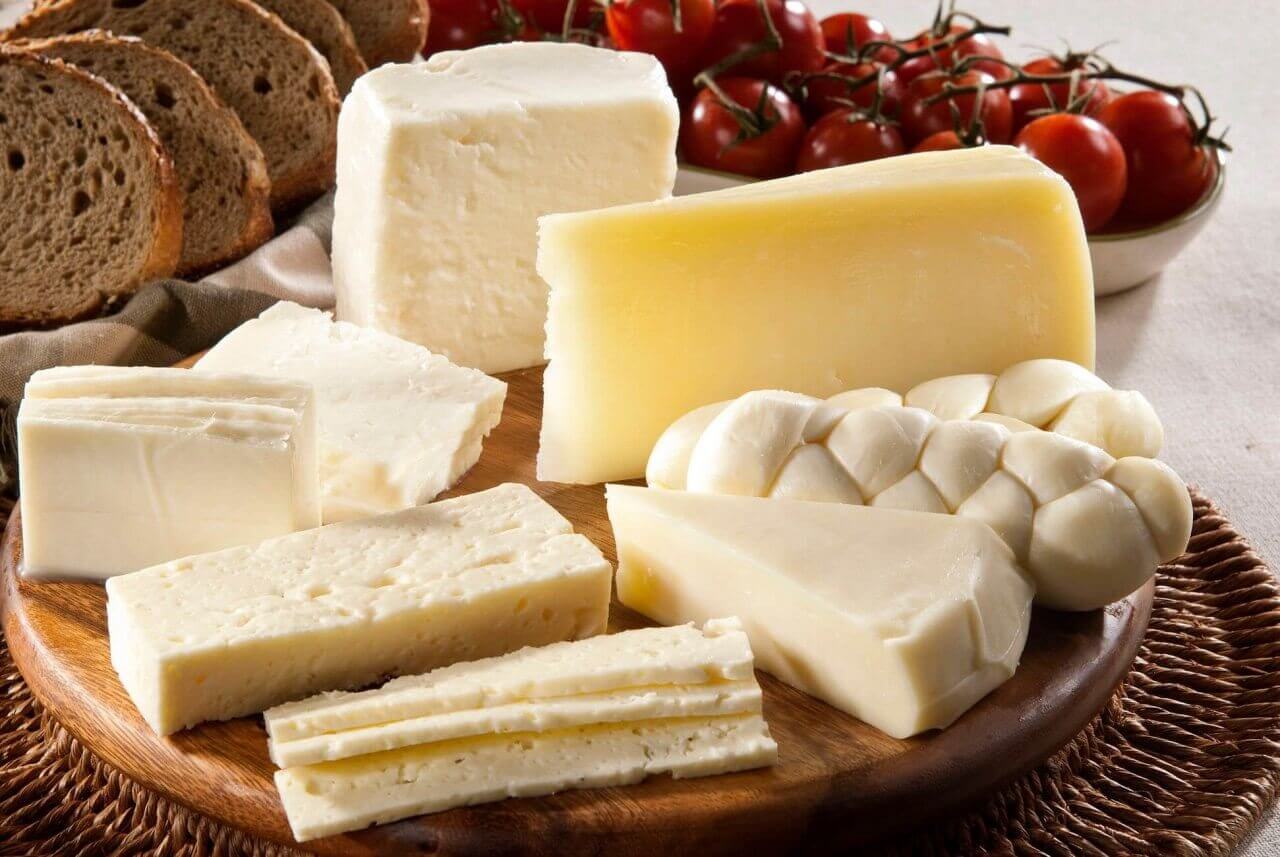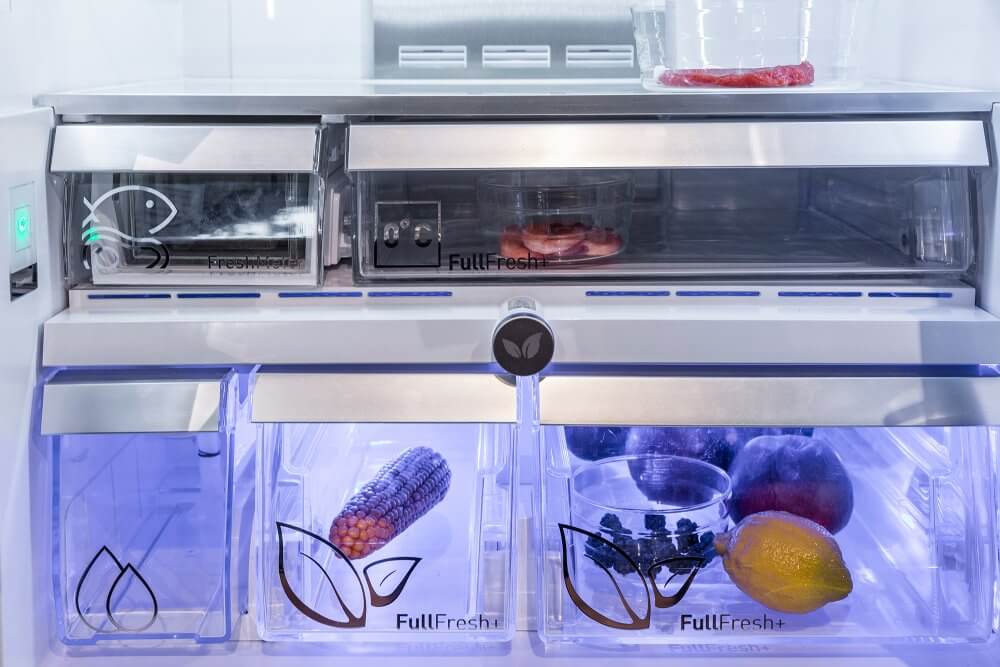The unusual times we are in have led us to review how to store food with the newly acquired habits and that’s why we created this series with Massimo Bottura. Because now, we should respect food more than ever.
So for the second episode in our “Let’s Stay At Home with Massimo Bottura” series we’ve gathered small but effective tips from Massimo Bottura and other chefs from Food for Soul that support our cause.
Here are inspirational tips & tricks on how to keep food fresher for longer and enjoy delicious meals while making earth a better place, with the small steps starting from your home.
Small steps to extend life of your fruits and vegetables
Fruits and vegetables should never be kept together. Many fruits, in fact, release gases that speed up the ripening process of fresh products if placed close together.
To keep the salad always crisp and fresh, transfer the leaves to a bowl or container. Put a couple of sheets of kitchen paper on top and wrap tightly with plastic wrap to exclude all possible air. This will prevent moisture from settling on the leaves, helping them to stay cool and prevent wilting.
Broccoli should be consumed within a few days of purchase because they quickly consume oxygen and sugar to produce useful nutrients for their cells. To prolong their life, wrap them in aluminum foil or in a film that insulates them from the atmosphere, limiting contact with oxygen and slowing down their breathing.
To keep tomatoes longer, there are small steps to take. Clean the stalk from the longest twigs and leaves, then place the cleaned tomato upside down on a flat surface.
Bananas? Wrapping a little film around the stalk will prevent the premature ripening of the fruit. Storing bananas separately from each other and not in a single helmet can prolong their life too.
For strawberries prepare a solution with 10 parts of water and 1 part of white or apple vinegar in a salad bowl. Plunge the strawberries, mix a few times, drain and rinse. The vinegar will eliminate bacteria and mold and the fruit will last about two weeks.
An easy suggestion about onions: in the pantry, keep them away from potatoes. The gases produced by onions sprout potatoes faster. It is better to combine them in the cooking phase, for example inside an omelette.

